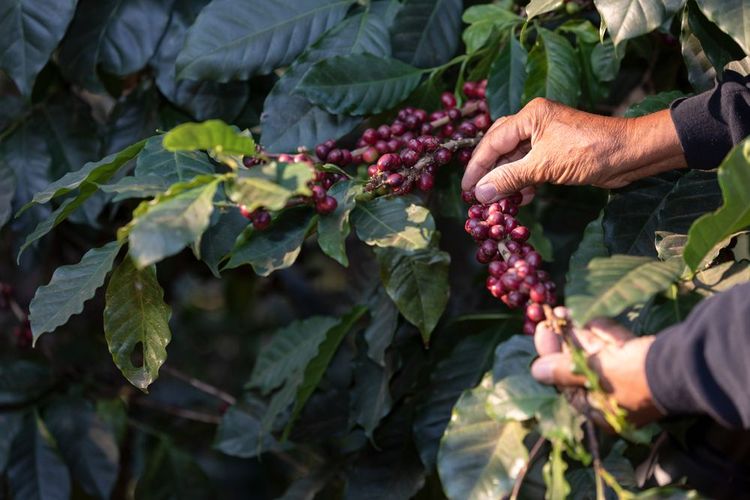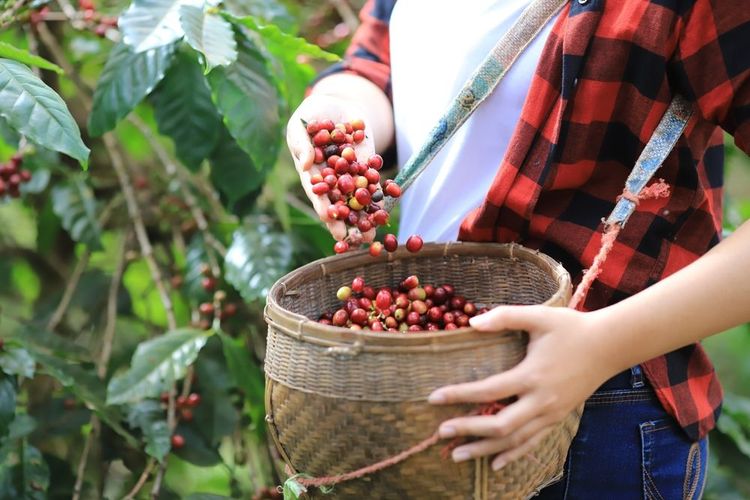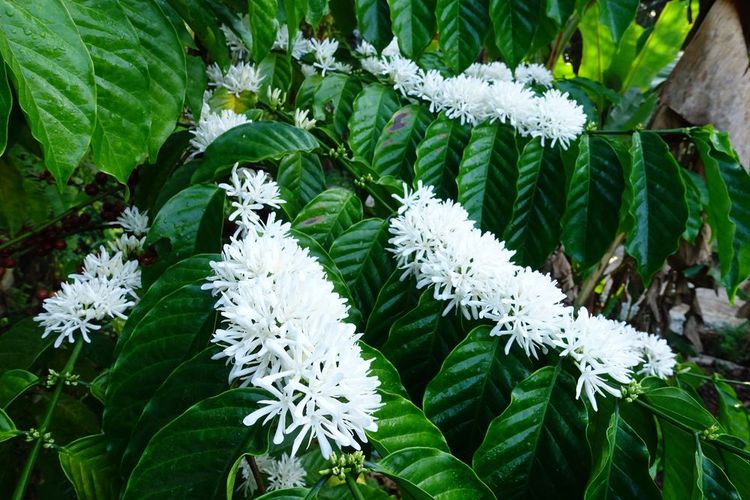Costa Rica, a land made for coffee
Situated between Nicaragua and Panama, Costa Rica is home to a magnificent natural environment thanks to its astonishing biodiversity, which accounts for almost 6% of the world's biodiversity. This variety, combined with perfect climatic conditions, makes it the ideal place for growing coffee. Costa Rican coffee is considered to be one of the best in the world, which is thanks to its unique environment, perhaps due to sun, rain thanks to its wet season from May to November, warm temperatures averaging between 20 and 30 degrees depending on the month of the year, and sometimes to its high altitude and volcanic soil.
Supposedly introduced to the country in the 18th century thanks to imports from Cuba, coffee has become an essential part of Costa Rican’s lives, as it was one of the first countries on the continent to develop the coffee industry.
Since then, the country has developed coffee plantations, also known as cafetales, in several regions. The locals, also known as "ticos", have since put in place a number of written and unwritten rules to make the most of their coffee plantations.












